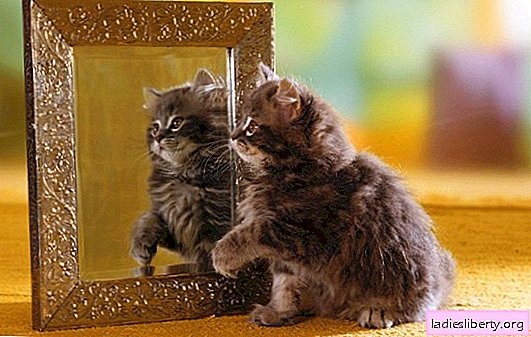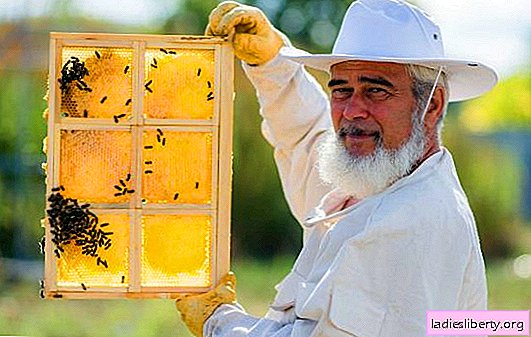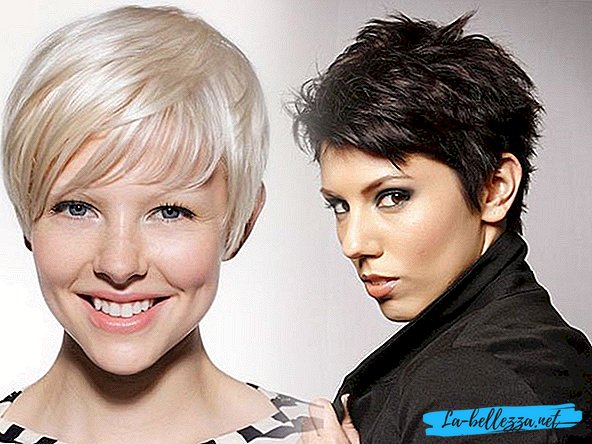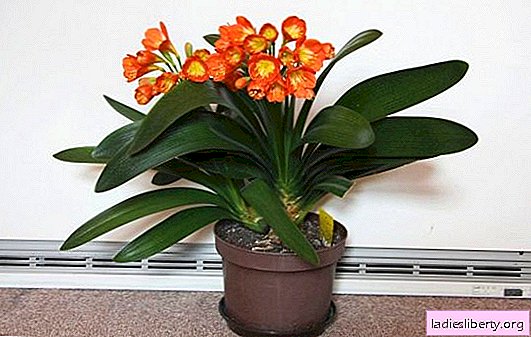
The issues of feeding, proper care and upbringing of a tiny cat are directly related to how many weeks or months of fluffy age. But how to determine the age of a kitten, if neither his parents nor his birthday are known? The task is not as difficult as it might seem. There are a number of external, behavioral, physiological signs by which it will not be difficult to find out the approximate age of a newly acquired pet.
How to determine the age of a kitten by weight and teeth
Not all owners of domestic cats have the opportunity and desire to find out the age of the pet by body weight and the number of teeth in the mouth. However, it is these indicators that are primarily considered in veterinary medicine.
How does the weight of a kitten change from birth to six months:
· At birth - from 80 to 120 g;
7 days - 170-280 g;
· 14 days - 250-350 g;
1 month - 400-650 g;
1.5 months - 550-900 g;
2 months - 750-1200 g;
2.5 months - 850-1400 g;
3 months - 900-1600 g;
4 months - 1200-1800 g;
· 5 months - 2 or more kg.
The data is average. Wide boundaries are due to several factors. This belongs to a particular breed (small, medium, large cats), conditions of detention, diet, animal health. A small weight gain for a junior kitten is observed even after body growth stops.
The most difficult thing, without a special education, is to determine the age of a kitten by the teeth. But it is these indicators that are the most accurate:
· 2-5 weeks, milk incisors appear;
· Milk fangs are cut for 3-8 weeks;
· 1.5-2 months, both jaws filled with teeth.
The change of primary teeth for permanent teeth in kittens begins at the age of 4 months. The first fall, and in their place the incisors grow. By six months, the kitten changes to permanent fangs. The last to grow are premolars (teeth between fangs and distant molars) and molars (distant molars).
In total, cats have 30 teeth: 4 canines, 12 incisors, 10 premolars, 4 molars. If all the pet’s teeth are permanent, then he’s already 7 months old. A healthy one-year-old animal has whole, white, clean teeth.
How to determine the age of a kitten up to 1 month by external signs
Kittens are born tiny, only 9-12 cm long. They don’t see anything (eyes are closed), they don’t hear (ears are tightly pressed to the skull), they cannot crawl and defecate on their own. The body in relation to the head is disproportionately small, the undercoat is absent. On the belly of a newborn kitten - a piece of the umbilical cord, which dries up and disappears 3-4 days after birth. In the early days of life, kittens are completely dependent on their mother, because they can only suck milk, sleep and meow.
At the age of 1 week, ears of the kittens open, little by little the eyes erupt. Thin coat becomes fluffy. The bones of the weekly kittens are getting stronger, so the kids move more actively. The baby can crawl up to 50 cm in the direction of the mom cat.
In a kitten 12-14 days of age the eyes are fully open. The color of the iris is a dull blue. Moreover, the baby still can not see - vision will appear only after 3 days. But the baby hears much better, responding to the sounds made by the cat. At this age, kittens already crawl well and even try to get on their feet.
3 weeks after birth, vision and hearing are already well developed. Kittens react not only to the actions of the mother, but also to the surrounding sounds, movements, objects. The first milk teeth appear. Though clumsy, but the kids go. They are curiously exploring the world outside the box. Frightened by something, the kitten hisses and arches the back.
The kitten, which is one month old, is not only confidently walking, but trying to run and jump. At this age, the "infant" eye color begins to change. First, small bright spots appear on the iris, and then the cloudy gray-blue color completely changes to yellow, green. The undercoat becomes dense, the color and color intensity of the coat is converted, becoming more contrast.
How to determine the age of a kitten from 1 month to a year
After 6-7 weeks from the moment of birth, the kittens from helpless eating creatures turn into charmingly clumsy, curious creatures. At this age, they already run and jump well, play a lot and sleep less. The eyes of a one and a half month old kitten are clear, the hearing is well developed. The proportions of the body and head are harmonious.
At 2 months, the kitten continues to grow. The baby's legs become thick lengthen visually and become proportional to the body. A tummy bulging from birth is reduced. There are more and more milk teeth.
For a three-month-old kitten, all the senses work perfectly. He sees and hears already almost like an adult, moves confidently, orientates himself in space. Eye color is clear, completely changed to permanent. All milk teeth have grown. The body size of kittens at 3 months continues to increase. At the same time, the difference between cats and cats is more and more visible.
At 4 months, kittens begin to lose their milk teeth, and in their place permanent ones grow. Growth is slowing.
A six-month-old kitten is a teenager with a practically shaped body. Milk teeth have completely changed to permanent. Parts of the body are harmonious relative to each other, movements are plastic and graceful. Kittens are still curious and overly active, which betrays their children's age.
How to determine the age of the kitten 7 months of age? First of all, it is the age of puberty. It was during this period that the animal began to manifest characteristic behavioral signs of interest in the opposite field, the definition and protection of its own territory. In addition, the first molt passes in autumn or closer to winter.
At the age of 8-9 months, kittens are considered almost adults. Body growth and weight gain slows down.
At 10 months, puberty begins. In kitties, the first estrus sets in. Cats actively require mating.
At 11-12 months, the kitten’s childhood ends. This is an adult young animal. The formation, growth of the body stops. In general, cats grow stronger up to 2.5 years.











